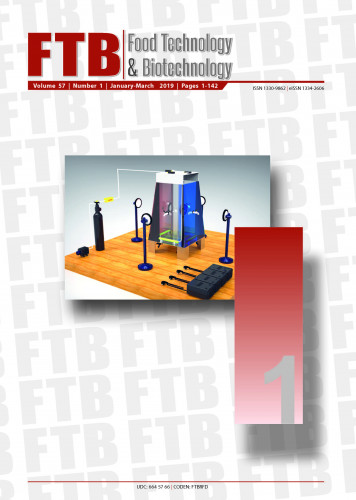Aqueous extracts were obtained at low temperature with the Naviglio technology from grapevine stalks (Merlot), marc (Merlot and Cabernet Sauvignon) and leaves (Merlot) as typical byproducts of winemaking industry, and their properties were evaluated cytofluorometrically on human dermal fibroblasts. Leaf extracts had the greatest total phenolic ((47.6±3.5) mg/g) and proanthocyanidin ((24.2±0.1) mg/g) contents compared to the others. The preliminary colorimetric MTT (3-[4,5-dimethylthiazole-2-yl]-2,5-diphenyltetrazolium bromide) assay individuated two consecutive non-toxic volume fractions of each extract (from 0.8 to 12.8 %) that were adopted for three cytofluorometric tests. The first cell membrane test did not evidence any harmful effects against plasma membranes at the two non-toxic volume fractions. The second mitochondrial membrane test showed a decreased (p<0.01) percentage of cells ((15.7±8.3) vs (32.5±1.3) %) with active polarized mitochondrial membranes at the higher non-cytotoxic volume fractions of extracts from Cabernet Sauvignon marc in response to 4.5 mM H2O2, and from Merlot stalks (p<0.05) at 1.5 mM H2O2 ((49.3±6.1) vs (64.6±2.4) %) and without H2O2 ((89.7±2.4) vs (96.9±1.8) %), compared to the controls submitted to the same H2O2 concentration. Conversely, mitochondrial activity of leaf extracts significantly (p<0.05) increased ((96.3±1.8) and (96.4±1.4) %) after treatment with 0.5 mM H2O2 at both non-cytotoxic volume fractions compared to control ((88.2±1.1) %). Finally, as evidenced by the third oxidative status test, stalk extracts did not evidence relevant effects on the cellular oxidative state, while the extracts of marc and leaves demonstrated significantly medium (p<0.05) to highly (p<0.001) positive effects following exposure to H2O2 ranging from 0.5 to 4.5 mM, compared to controls.; Tekući ekstrakti stabljika vinove loze (sorte Merlot), komine (sorata Merlot i Cabernet Sauvignon) i lišća (sorte Merlot), uobičajenih nusproizvoda proizvodnje vina, dobiveni su pri niskoj temperaturi pomoću ekstraktora Naviglio. Njihova su svojstva ispitana metodom protočne citometrije na humanim kožnim fibroblastima. Ekstrakti lišća imali su najveći udjel ukupnih fenola ((47,6±3,5) mg/g) i proantocijanidina ((24,2±0,1) mg/g). U preliminarnom su kolorimetrijskom ispitivanju bojanjem pomoću 3-[4,5-dimetiltiazol-2-il]-2,5-difeniltetrazolijevog bromida (tzv. MTT test) izdvojena dva volumna udjela svakog od ekstrakata (u rasponu od 0,8 do 1 2,8 %) koja nisu imala toksični učinak, a ti su ekstrakti zatim korišteni u tri citometrijska testa. U prvom testu nije zamijećen štetni učinak ekstrakata na citoplazmatsku membranu. U drugom je testu utvrđen manji (p<0,01) postotak stanica s aktivnom polariziranom mitohondrijskom membranom ((15,7±8,3) % u usporedbi s (32,5±1,3) % u kontrolnom uzorku) nakon njihovog izlaganja ekstraktima komine sorte Cabernet Sauvignon uz dodatak 4,5 mM H202.
Sažetak

 Food technology and biotechnology : journal of the Faculty of Food Technology and Biotechnology, University of Zagreb, Zagreb, Croatia : 57,1(2019) / editor-in-chief Vladimir Mrša.
Food technology and biotechnology : journal of the Faculty of Food Technology and Biotechnology, University of Zagreb, Zagreb, Croatia : 57,1(2019) / editor-in-chief Vladimir Mrša.